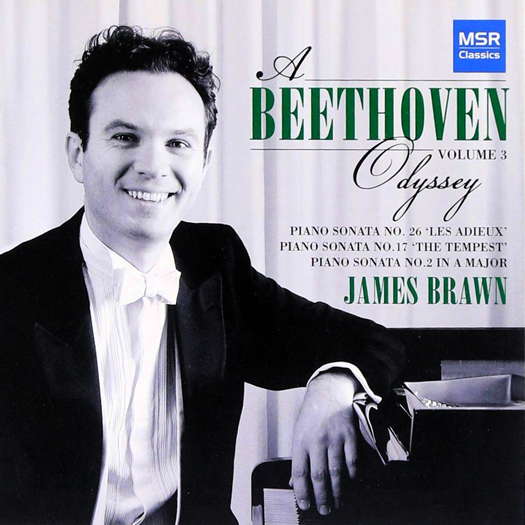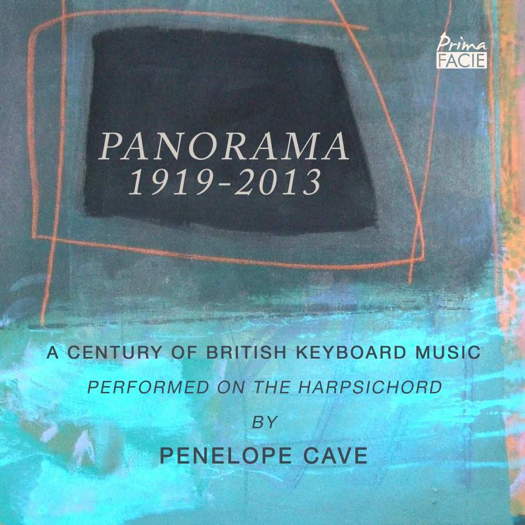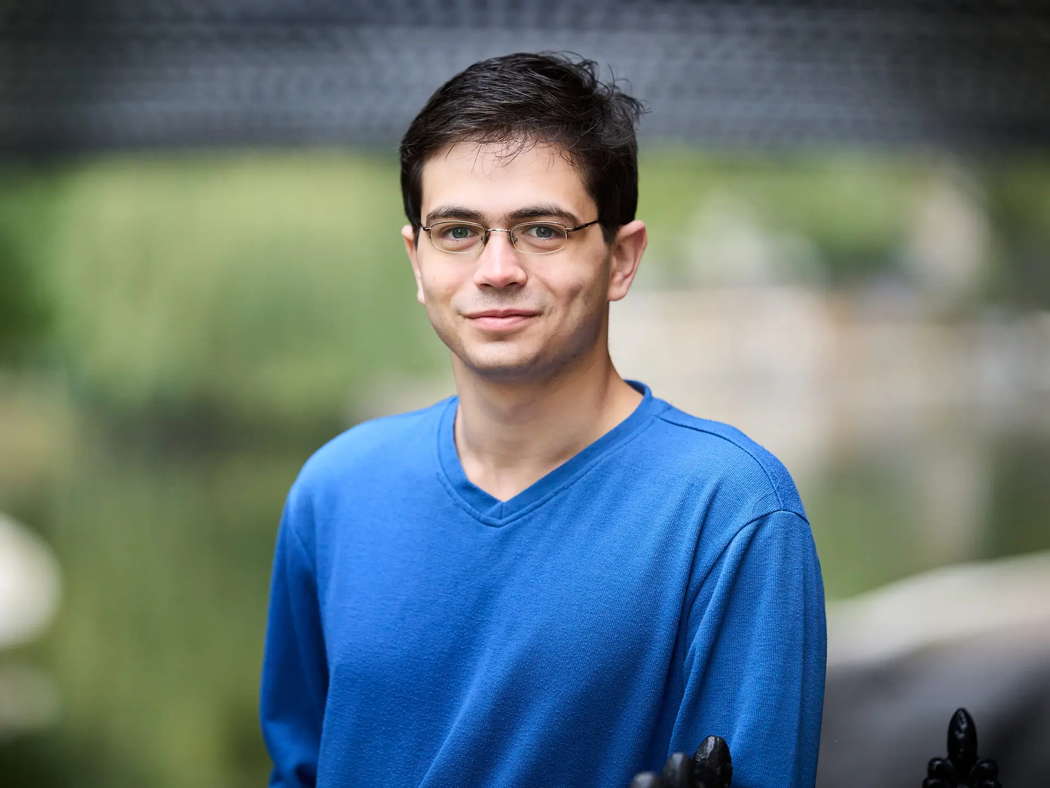- Nørgård
- Michele Enrico Francesco Vincenzo Aloisio Paolo Carafa de Colobrano
- Martha Argerich
- Guyana
- Boston
- Alban Gerhardt
- Roland Wood
- Asian American Pacific Islanders
 SPONSORED: CD Spotlight. Masterful Handling - Volume 3 of James Brawn's Beethoven, praised by Andrew Schartmann.
SPONSORED: CD Spotlight. Masterful Handling - Volume 3 of James Brawn's Beethoven, praised by Andrew Schartmann.
All sponsored features >>
 SPONSORED: CD Spotlight. A Fantastic Collection. Penelope Cave Panorama CD. Little-known harpsichord gems, strongly recommended by Alice McVeigh.
SPONSORED: CD Spotlight. A Fantastic Collection. Penelope Cave Panorama CD. Little-known harpsichord gems, strongly recommended by Alice McVeigh.
All sponsored features >>
Expressive Variety
MIKE WHEELER listens to Beethoven, Schumann and Chopin from Israeli pianist Ariel Lanyi
Is there a tendency for Beethoven's early work to be underrated, in the light of, say, the Eroica Symphony and all that came after it? The thought struck me as Ariel Lanyi began the Piano Sonata in A, Op 2 No 2 - Royal Concert Hall, Nottingham, UK, 26 November 2023.
He pointed up the composer putting his own spin - pert, if not downright cheeky - on Haydn's legacy, asserting both his own musical personality and his place in the succession. The second movement's walking bass lines were positively stealthy in Lanyi's hands. opening up appropriately for the grand rhetorical outburst at the climax, with an apt hush for what followed. The playfulness he brought to the Scherzo suggested a re-take, or variation, of the first movement's opening, with the various flickering figures neatly touched in. The rondo finale, though, got off to an unexpectedly measured start, and while the intervening episodes were nicely animated, the whole didn't quite hang together.
Lanyi followed the Beethoven with Robert Schumann's Symphonic Studies and, like a number of pianists these days, he included the five posthumously-published studies - or variations; Schumann himself seems to have been unsure which name to use for the work's individual pieces. Pianists who include them usually choose their own sequence; Lanyi placed the first four between Studies 5 and 6, and the fifth immediately before the finale.
His exploration of the work's expressive variety ranged from clipped march (Etude No 1), stabbing accents (No 4) and assertiveness (posthumous variation No 3), through skittish and frisky (Etudes 5 and 9), to the more confiding and inward (posthumous variations 2 and 4). He reined in the impetuousness of Etude 6 aomewhat, leaving himself room to set a headlong pace for No 7. There was a degree of formality to Etude 8's elegance, bringing out the sonorousness of the left-hand part, while Etude 11's song was heard against Lanyi's mystery-filled treatment of the surrounding texture, with a finely-judged withdrawn ending. Etude 11 was handled with a combination of bright, clear sonority and thoughtful phrasing.

Ariel Lanyi. Photo © Kaupo Kikkas
Is there a sly reference to 'La Marseillaise' in the left-hand part of Etude No 2? Schumann certainly quoted it in at least two other works. If so, Lanyi saw to it that the point was not laboured, amid the restlessness surrounding it. As for the finale (Etude 12) he got it off to a positively manic start. As impetuous moments were followed by gentle episodes, it effectively summed up the whole work, though the change of key near the end was just a bit over-emphasised.
His choice of Chopin Mazurka as his encore ended with a delectably light touch.
Copyright © 12 December 2023
Mike Wheeler,
Derby UK



